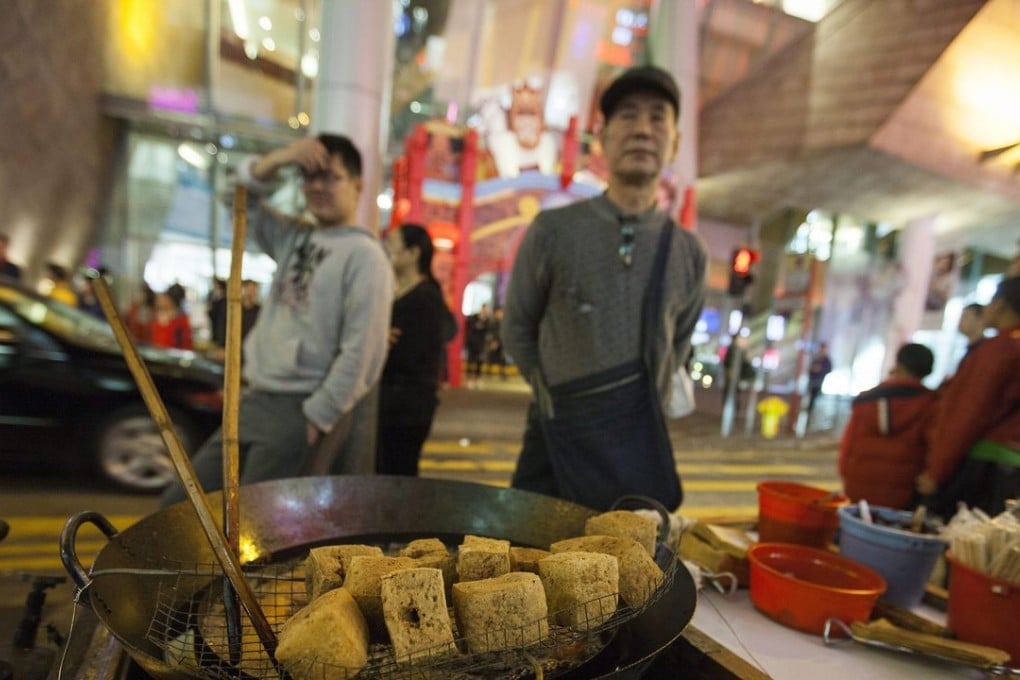Fish balls, not street brawls: Hong Kong’s hawkers get back to business in Mong Kok, want no more trouble with localists
A government patrol spiralled out of control, and vendors insist they simply want to make a living

While the hawker control patrol spiralled out of control to become the catalyst for the violent clashes in Mong Kok, several hawkers continued selling their cooked food even as pepper spray hung in the air, with some returning on Tuesday night despite the tension.
The food cart hawkers with their steaming fishballs and rice rolls did not have a licence and relied on the run-up to the Lunar New Year and the first few days of the festive period to earn extra income – and to operate with less fear of facing the full brunt of the law.
And one night after the riot, around 10 returned to the area to do business.

MULTIMEDIA SPECIAL: How Hong Kong’s hawkers face a struggle to survive
“I don’t agree [with the riot]. We hawkers don’t make trouble, we just want to make a living,” said a Mrs Chan, who has been selling roasted squid and maltose biscuits for 38 years. “My children asked me not to run the business today. But I will lose HK$7,000 to HK$8,000 if I don’t operate my business.”